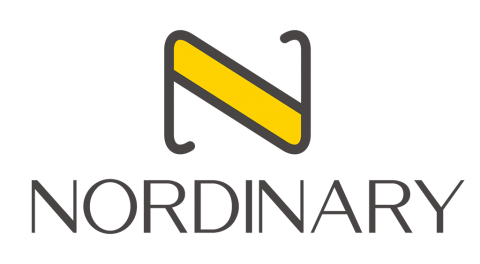
This level of detail helps with finer control over financial data and more precise tracking and reporting. Under each main category, there can be several sub-accounts to provide more detailed tracking. By the end of this blog, you’ll learn what a COA is, and how to set one up effectively.
How is a COA grouped for reporting purposes?
Therefore, when crafting a chart of accounts, always consider the tax legislation, financial reporting standards, government regulations and other compliance requirements relevant in your circumstances. Since different types of entities use different types of accounts, there is no one single chart of accounts template that would be applicable to all businesses. The accounting software then aggregates the information into an entity’s financial statements.
How to Create a Chart of Accounts
Separating gains and losses allows businesses to analyze the impact of these non-operating activities separately from core business operations. As mentioned, besides the standard five accounts, the chart of accounts may contain additional accounts, created for the sake of more granularity or to cater to a business’s particular needs. They can vary, but the most typical here are the COGS, gains and losses, and other comprehensive income accounts. Current assets are a company’s possessions it plans to convert into cash or use up within a year, like cash, inventory, and accounts receivable. Non-current assets are things a company owns but won’t convert to cash shortly, like property, equipment, and long-term investments. The basic set of accounts is similar for all businesses, regardless of the type, size, or industry.
Part 2: Your Current Nest Egg

Studies show that businesses that maintain a well-organized COA are better equipped to analyze their financial health and are more likely to make profitable decisions. Decide on the account categories you want to include in your chart of accounts. Typically, businesses use a standard set of categories, such as assets, liabilities, equity, income, and expenses. As businesses grow, managing financial transactions can become increasingly complex. A chart of accounts (COA) is a fundamental tool that simplifies the process by helping to organize transactions and track financial performance.
- Each account is assigned a unique number or code, which is used to identify it in the accounting system.
- The table below reflects how a COA typically orders these main account types.
- You might also notice that there are specificities of the business that might affect the COA structure.
- You can think of this like a rolodex of accounts that the bookkeeper and the accounting software can use to record transactions, make reports, and prepare financial statements throughout the year.
A chart of accounts (COA) is grouped into main categories such as assets, liabilities, equity, revenue, and expenses for clear financial reporting. This categorization simplifies the preparation and analysis of financial statements, how to get your product in walmart helping organizations track their financial health efficiently. You may also wish to break down your business’ COA according to product line, company division, or business function, depending on your unique needs.
Each type of chart of accounts serves a specific purpose, helping businesses manage their finances in different contexts—whether it’s day-to-day management, tax preparation, or compliance with legal standards. By selecting the appropriate type of COA, businesses can achieve more accurate and efficient financial management. A chart of accounts records and categorizes all transactions, making sure that every dollar spent or earned is tracked accurately.
A chart of accounts should keep your business accounting error-free and straightforward. This will allow you to quickly determine your financial health so that you can make intelligent decisions moving forward. You can think of this like a rolodex of accounts that the bookkeeper and the accounting software can use to record transactions, make reports, and prepare financial statements throughout the year.
Marshall Hargrave is a financial writer with over 15 years of expertise spanning the finance and investing fields. He has experience as an editor for Investopedia and has worked with the likes of the Consumer Bankers Association and National Venture Capital Association. Marshall is a former Securities & Exchange Commission-registered investment adviser and holds a Bachelor’s degree in finance from Appalachian State University.
